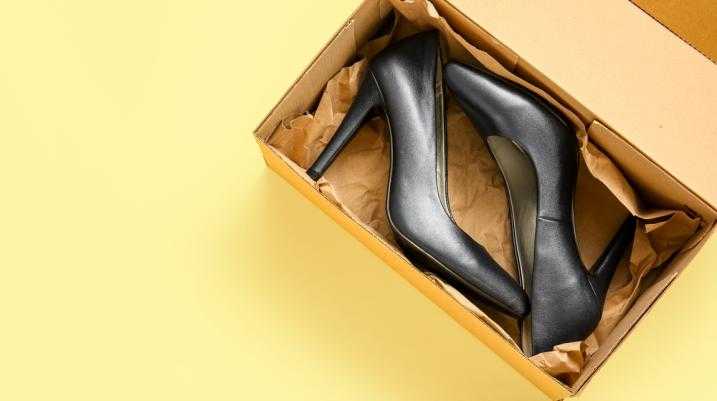Strut Safely: The Dangers of Stilettos and Heels

Millions of women in the United States wear high heels almost every day. Some wear them for the style, while others follow workplace or social fashion norms. However, wearing high heels often means sacrificing comfort, leading to blisters, cramps, or other types of discomfort.
But the discomfort is just the tip of the iceberg. High heels pose serious risks, and the statistics are alarming. Thousands of women suffer significant injuries each year due to high heels. Many of these injuries could be avoided with better workplace policies.
If you’ve been seriously injured from wearing high heels, the personal injury lawyers at Morgan & Morgan are here to help. Schedule a free case evaluation today.
The Rise in High-Heel Injuries
Researchers at the University of Alabama at Birmingham found that high-heel injuries in the U.S. nearly doubled between 2002 and 2012. While the study didn’t pinpoint exact causes, it suggested that inappropriate settings for high heels might be a factor.
High-Heel Injuries in the Workplace
The workplace is a key area of concern. Despite research highlighting the dangers of prolonged high-heel use, many workplaces still require them. These policies not only raise potential discrimination issues but also jeopardize employee health. High heels, like any other clothing, wear out. A broken heel can lead to severe injuries like broken ankles.
Moreover, wearing high heels daily puts stress on the lower legs, feet, and ankles, potentially causing stress fractures and other injuries. If workplace policies are forcing you to wear hazardous footwear, you might have a case against your employer. Speak with a personal injury lawyer at Morgan & Morgan to explore your options.
Common High-Heel Injuries
According to the University of Alabama study, about 80% of high-heel injuries affect the ankle or foot, often requiring emergency room visits. Here are some common injuries:
Broken Ankles: One in five high-heel injuries involve broken bones, with broken ankles being particularly common. This injury occurs when a heel breaks or catches on something, causing the ankle to bear the body's full weight awkwardly. Recovery can take months and is often prolonged by the need to stay off the affected ankle.
Stress Injuries: Not all injuries are immediate. Daily stress on the foot and lower leg can cause stress fractures or muscle tears. These injuries worsen over time, often without immediate recognition.
Torn Achilles Tendons: The Achilles tendon, crucial for movement, is vulnerable to tears from high heel use. Such tears usually require surgery and a lengthy recovery period.
Blisters: While blisters might seem minor, constant aggravation from high heels can lead to pressure wounds or infections, potentially resulting in severe complications.
Sprains and Strains: These are the most common high-heel injuries. Without proper rest, they can escalate into more serious conditions.
Falling Injuries: Falls while wearing high heels can cause injuries beyond the leg, including back injuries, concussions, broken arms, or severe cuts.
Legal Recourse for High-Heel Injuries
Workplace Injuries: You might have a case against your employer if workplace policies require you to wear high heels despite the known risks.
Premises Liability: Even if you choose to wear high heels, businesses could be liable under premises liability laws if their unsafe conditions contribute to your injury.
Defective Products: If a defect in the high heels caused your injury, you might be able to sue the manufacturer.
Should You Avoid High Heels?
The decision to wear high heels is personal. Statistics show they are riskier than other shoes, but some settings are safer than others. For fashion's sake, consider wearing high heels for short periods and switching to safer footwear when necessary.
Contact Morgan & Morgan Today
If you’ve suffered a high-heel injury, consult an attorney to understand your options. Morgan & Morgan offers free consultations, and you only pay if we win your case. Our attorneys are well-versed in high-heel injury statistics and can help you navigate your claim.
Contact Morgan & Morgan today to schedule your free case evaluation and get the compensation you deserve.
Injured? Getting the compensation you deserve starts here.

Injured?
Not sure what to do next?
We'll guide you through everything you need to know.